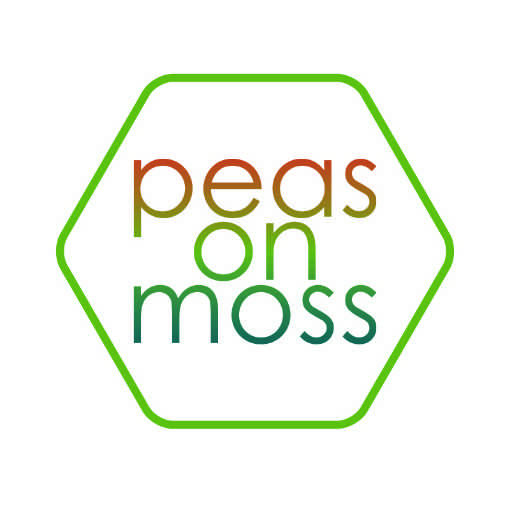Let me draw you a pretty summer afternoon. You are in a park with your picnic basket, kids running around, and your dog is lazily snoozing next to you after he was a good boy and fetched all the balls you threw. You are snacking on some toasted crickets and reading your favorite book.
Umm. Wait… well yeah, you did read that right. Does that bug you? It does many people. Entomophagy /ˌɛntəˈmɒfədʒi/, from Greek ἔντομον éntomon, “insect”, and φᾰγεῖν phagein, “to eat”. Don’t scold your child for eating that bug, be relieved (s)he is eating healthy!

Transient fitness trend or sustainable lifestyle choice?
Among paleo diet, matcha mania and medicinal mushroom powder, to name a few, these creepy- crawlies are now finding their place. As unpalatable as the idea sounds, ants melt in your mouth with a comfortable sweetness to it, beetle larvae leave a smokey taste in your mouth and tree worms apparently brings the taste of pork rinds to your mind, says National Geographic (Disclaimer, I speak not from experience, but Kimberly might attest to the above statements!). Now that does sound delishh.
When choosing between the grub versus the shrub, some people say take on both sides of the coin! There is a rise in ‘entoveganism’, abstinence from consuming foods of animal origin but consuming insects. Entoveganism is somewhat of a lifestyle choice, based on “sustainable veganism boosted by entomophagy” practiced by health (dare I say?) nuts (heh, I dared, please don’t hate me).
While the Western countries have a major ‘ick’ factor, the UN reports that about 2 billion people eat more than 1900 varieties of insects. Compared to 30 grams of beef, the corresponding amount of roasted crickets have more than double the protein, about 12 times the calcium and double the iron, while needing 23 times less water, 12 times less feed, and produce 15 times less greenhouse gases!

The Culture of Human Entomophagy
Human entomophagy is central to many cultures around the world. In Latin America, Bachstez & Aragon report that eggs of waterbugs were prepared delicately into ahuahutle and ceremoniously offered to the Aztec god Xiuhtecutli. In Quito, Ecuador, there are actual archaeological records where edible beetles and butterfly larvae were consumed as food! Till date, there are a lot of insect-based delicacies in Mexico. The mopane caterpillar is one of the most popular edible insect species in Africa. Some flies, beetle larvae and silkworm and dragonflies have gained much popularity in Chinese food culture.
Most of the Western world, however, see the world of bugs with fear and abhorrence. Looy and co-workers note that the Western psyche has deeply entrenched in it, a deep sense that insects are “dirty, disgusting and dangerous”. Culture is another reason people might not eat insects. In most parts of the world, people practice vegetarianism out of respect for sentient life. Such beliefs are often engrained in religious/ cultural practices, and acceptance of entomophagy, socially might not be easy.
Yen argues that it is more important to bring out an attitudinal change in people about how they view these cutsie little bugs. Honestly, have you looked at Lucas the spider?

While consumption of insects is good for us- nutritionally – and for the planet, we need to analyze how safe insect-based foods are. We would also need to look into what regulations are in place to ensure safety, while making the best of the nutritional resource. But t’is the time for family and joy, so I thank you for having read so far. Next time I shall talk a little more about their safety and more importantly, I’ll work on not being punny.
Warm regards
Roo
Here are some more interesting reads:
Bachstez, M., & Aragon, A. (1945). Notes on Mexican drugs, plants, and foods. III. Ahuauhtli, the Mexican caviar. Journal of the American Pharmaceutical Association, 34(6), 170-172.
Looy, H., Dunkel, F. V., & Wood, J. R. (2014). How then shall we eat? Insect-eating attitudes and sustainable foodways. Agriculture and Human Values, 31(1), 131-141.
Yen, A. L. (2009). Edible insects: Traditional knowledge or western phobia?. Entomological research, 39(5), 289-298


Recent Comments